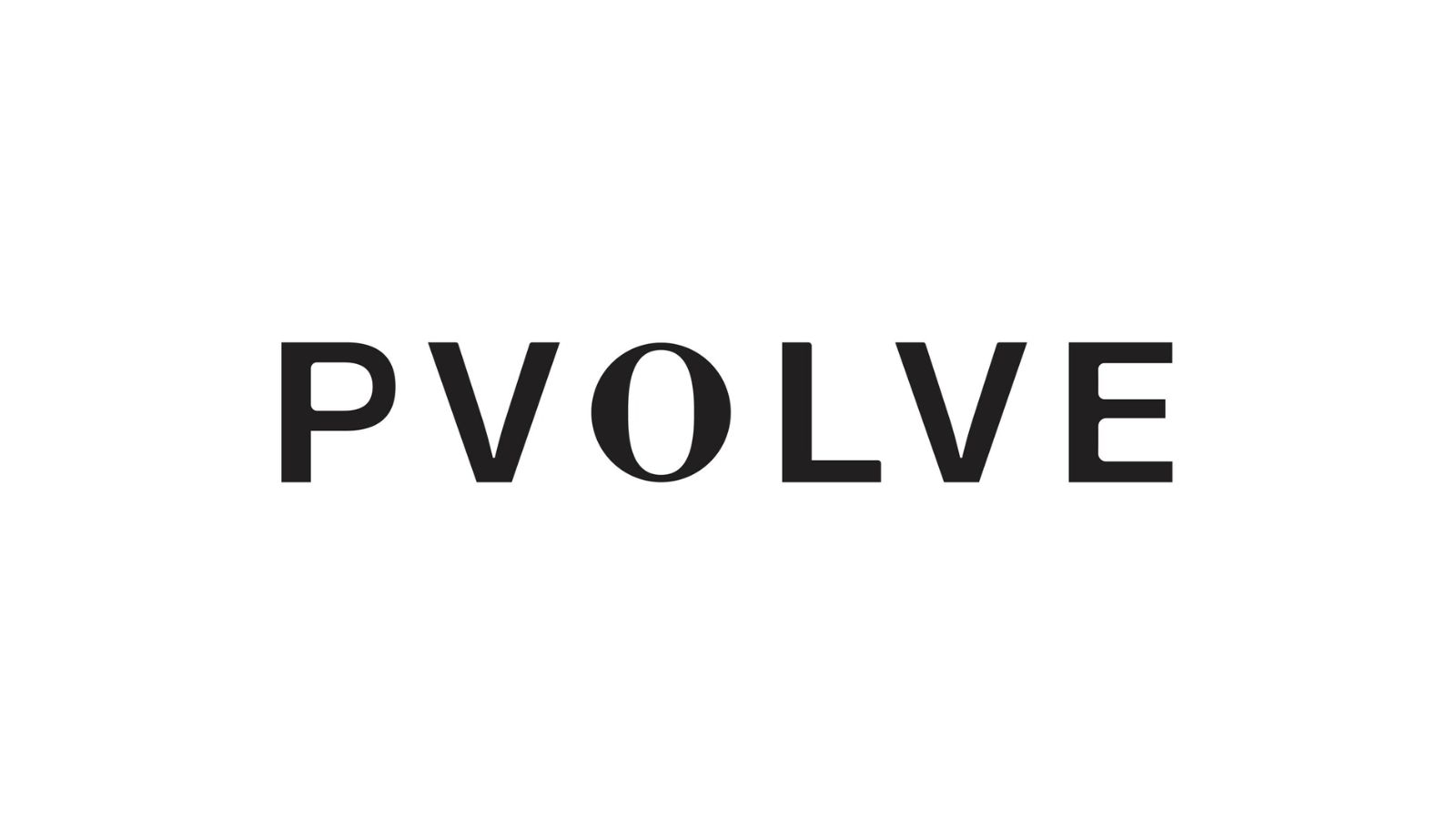Are you struggling to maintain consistency in your brand identity? Do you find it challenging to portray your brand’s personality consistently across various platforms? If so, a brand style guide could be your saving grace. In this article, we will explore the importance of a brand style guide and provide you with a step-by-step process to create one for your business.
The Power of a Brand Style Guide
A brand style guide is a comprehensive document that outlines the guidelines for maintaining a consistent brand image. It serves as a blueprint for your brand’s personality, visual elements, and tone of voice. By documenting these guidelines, you ensure that everyone involved in your brand’s communication understands and follows the same principles.
Defining Your Brand Identity
The first step in creating a brand style guide is to define your brand identity. This includes understanding your target audience, brand values, mission, and unique selling proposition. Ask yourself the following questions:
- Who is your target audience?
- What values does your brand stand for?
- What is your brand’s mission?
- What sets your brand apart from the competition?
By answering these questions, you will have a clear understanding of your brand’s identity, which will serve as the foundation for your style guide.
Logo and Visual Elements
One of the most crucial aspects of a brand style guide is the visual elements. This includes your logo, color palette, typography, and imagery. Let’s break down each element:
Logo
Your logo is the visual representation of your brand. It should be clean, memorable, and align with your brand’s personality. Specify the correct usage, variations, and minimum size requirements for your logo. Also, provide guidelines on how the logo should appear on different backgrounds and in various formats.
Color Palette
Colors play a vital role in brand recognition and evoke specific emotions. Choose a color palette that aligns with your brand values and resonates with your target audience. Provide the hex codes and RGB/CMYK values for each color in your palette, along with guidelines on where and how to use them.
Typography
Consistency in typography is essential for maintaining a cohesive brand image. Select a primary font for headings and body text and specify any secondary fonts for specific purposes. Include guidelines for font sizes, letter spacing, and line heights to ensure consistency across all communication channels.
Imagery
Your brand’s imagery, including photographs, illustrations, and graphics, should reflect your brand’s personality and values. Determine the style and tone of imagery that best represents your brand, and provide guidelines on image selection, usage, and editing if necessary.
Tone of Voice
In addition to visual elements, your brand style guide should define the tone of voice for your brand. This includes how you communicate with your target audience, the language you use, and your brand’s personality. Consider these factors when establishing your brand’s tone:
- Is your brand more formal or informal?
- Should your brand sound professional or conversational?
- Does your brand have a specific sense of humor or voice?
Provide examples of appropriate language and tone for various communication channels, such as social media, website copy, and customer support. This will ensure that your brand’s voice remains consistent across all platforms.
Usage Guidelines
To ensure consistency in brand communication, provide clear guidelines on how to use the various brand elements. This can include rules for logo placement, acceptable color combinations, proper font usage, and guidelines for creating branded materials. Specify any exceptions or instances where certain guidelines may be flexible, but be sure to outline the core guidelines that should be followed at all times.
Updating and Evolving Your Brand Style Guide
A brand style guide is not a static document. As your brand evolves and grows, you may need to make updates and additions to ensure your style guide remains relevant. Regularly review your brand style guide and make necessary updates, and communicate these changes to all relevant team members and stakeholders.
In Conclusion
A brand style guide is an indispensable tool for maintaining a consistent brand identity. By defining your brand’s identity, establishing guidelines for visual elements and tone of voice, and providing usage guidelines, you ensure that your brand communicates effectively and consistently across all platforms. Don’t underestimate the power of a brand style guide in building a strong and memorable brand.












Leave a Reply